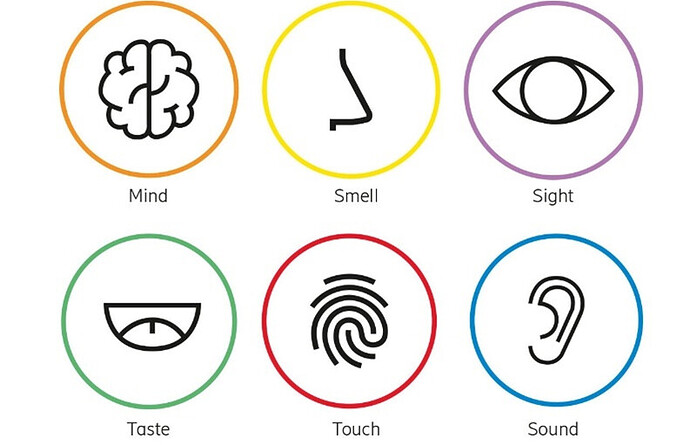As the world is beginning to enjoy the benefits of 5G, the “fifth generation” of wireless cellular technology, the industry is starting to plan sets of requirements needed for its continued evolution to 5G Advanced, as well as for the next generation of mobile communications. With each generation of wireless technology, the upgrade gets more complex and challenging. As we look ahead, 6G represents an even greater opportunity to extend wireless solutions into almost every facet of human and machine interaction. Additional enhancements and evolution of the current IMT-2020 (5G) technology standards have already started, just like it has been with all the previous “G’s”. The next G, “6G”, is still almost a decade away, but it needs to be defined now. The industry has been deploying a new G approximately every decade, and early discussions lead us to expect to have an IMT-2030 which can begin deployment around 2030.
For this reason, 5G Americas continues to review “6G” concepts from North America, Asia, and Europe and Latin America. The industry first must understand what is missing in 5G to create a 6G vision, which will require establishing standards and addressing several key technical challenges. This 5G Americas white paper details technology requirements being currently discussed various industry stakeholders. The white paper provides an update on preliminary work being done globally on 6G and provides a few use cases and technologies to consider for the evolution of 5G towards the next generation (next G).
From a use case standpoint, 5G Americas has identified early specifications and requirements for some use cases. We expect to see continued growth and demand for mobile communications applications. Additional technologies, such as edge computing, cloud services, and network virtualization, are already augmenting IMT-2020-based deployments, and will continue to develop as new use cases and higher demands on the network are required. 5G and its evolution to the next G is a transformational technology working in collaboration with other enabling technologies to change the world of connectivity. The emergence of holographic communications, imaging and sensing, evolutions of massive IoT (mIoT), smart agriculture, and first responder services are presented in this paper in the context of the next generation technology.
This paper further evaluates technology trends and suggests how to enhance existing technologies towards the future evolution of wireless cellular networks beyond the current 5G. It emphasizes the need for extremely performant, trustworthy, intelligent, cognitive, flexible, and sustainable wireless communication NextG networks. 5G Americas understands the importance of exploring technology enablers like AI/ML in RAN and edge, millimeter wave (mmWave) and terahertz (THz) radio, joint communication and sensing, spectrum sharing and coexistence, cloud native and service-based network convergence, communication, computing convergence, and more.
It should be noted that while 5G Americas’ mission is to bring together advocates for LTE and 5G technologies across North, Central and South America, a large portion of this white paper will focus on specific needs for the North American market. In particular, this white paper will identify necessary goals for North American companies and organizations in expanding leadership activities to further the development of future wireless networks.
In addition to updating existing material, we also introduced new material to this 2022 revision of the white paper including activities in Canada, Germany and India; activities by the US Department of Defense; the recent US CHIPS Act; and standards activities in the ITU.
